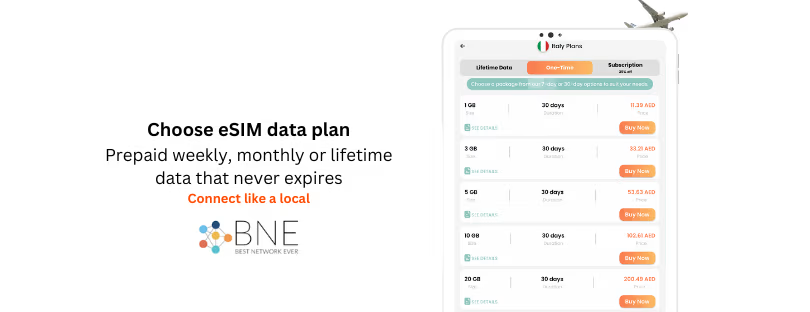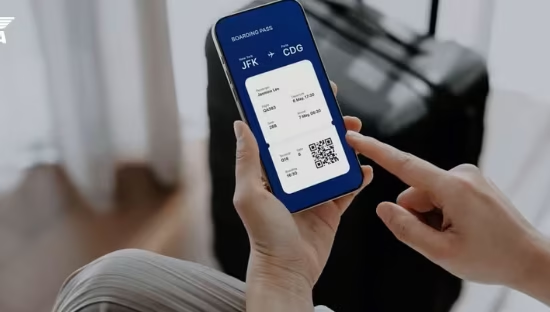
eSIMs Promised Simplicity. So Why Are We Still So Confused?
Searches like “does iPhone 13 have eSIM” and “Is data roaming on or off” highlight the ongoing uncertainty about mobile technology in 2025. And honestly? It’s no surprise. Even as we’re deep into the era of digital SIM cards and jet-setting with multiple devices, plenty of travelers—and even tech-savvy folks—are still scratching their heads when it comes to eSIMs, roaming settings, and how all of this affects their day-to-day experience abroad. esim problems
The promise of eSIM technology was simple: ditch the plastic SIM card, download a digital profile, and enjoy seamless global connectivity. In theory, it’s a dream. But in practice? Things can get messy. Conflicting info online, inconsistent provider policies, and confusing phone settings have created a perfect storm of mobile mayhem for many users.
If you’ve ever landed in a new country only to wonder whether you’re about to rack up roaming charges or if you’ve been puzzled when your location-based apps think you’re still back home, you’re not alone. A recent insight report via eSIM Prime sheds light on just how common this confusion still is in 2025—and why the tech world hasn’t quite nailed the user experience yet.
Let’s break it down.
What’s the Deal with eSIMs?
First off, eSIM stands for “embedded SIM.” Unlike the traditional SIM cards we’ve been juggling for years, an eSIM is built right into your device. No more tiny cards to lose or swap out! You can switch carriers or plans digitally, which sounds like a dream for us globetrotters. But as with many tech innovations, the reality isn’t always as smooth as the sales pitch.
The Roaming Riddle
Roaming has always been a bit of a headache. With eSIMs, the promise was seamless connectivity wherever you go. But many travelers are finding that it’s not that straightforward. Some eSIM providers offer regional packages, but they might not cover all the countries you’re hopping between. Others might have hidden fees that only show up when you get your bill. It’s essential to read the fine print and maybe even double-check with the provider before you board that plane.
Location Services: A Double-Edged Sword
Now, on to location services. With eSIMs, your device’s location tracking can be a bit wonky. Some users have reported that their devices show them in a completely different country! This can mess with apps that rely on your location, like Maps or local recommendations. It’s a good idea to manually set your location in critical apps or be prepared for some unexpected virtual travels.
Security: A Silver Lining
On the bright side, eSIMs offer enhanced security. Since there’s no physical SIM to remove, it’s harder for someone to hijack your number. Plus, if your phone gets stolen, you can remotely lock or erase the eSIM, adding an extra layer of protection. It’s not all doom and gloom in the world of eSIMs!
Tips for the eSIM Explorer & solving eSIM problems
- Do Your Homework: Before choosing an eSIM provider, research their coverage areas and read reviews from other travelers.
- Keep a Backup: If you’re venturing into remote areas, having a backup physical SIM from a local provider might save you from connectivity woes.
- Stay Updated: Tech is always evolving. Keep an eye out for updates from your eSIM provider that might address current issues.
- Ask Questions: If you’re unsure about something, reach out to the provider’s customer service. It’s better to ask beforehand than to be surprised later.
Wrapping It Up esim problems
The persistence of confusion around eSIMs in 2025 highlights a deeper issue: the gap between technological advancement and user education. While telecom providers continue to push eSIM adoption as a next-gen solution for global connectivity, their messaging often fails to account for the everyday traveler’s understanding—or lack thereof—of how roaming policies, regional coverage, and device settings interact in a digital-only environment.
The onus now lies not just on users to adapt but on the industry to simplify onboarding, improve transparency, and build trust. This means clearer coverage maps, straightforward explanations of roaming behaviors, and real-time support for setup and troubleshooting—especially when location services behave unpredictably.
Ultimately, the success of eSIM technology won’t be measured by how many phones support it but by how seamlessly the average user can use it without needing to become a telecom expert themselves. Until then, confusion isn’t a bug—it’s a signal that human-centered design still has a long way to go.












